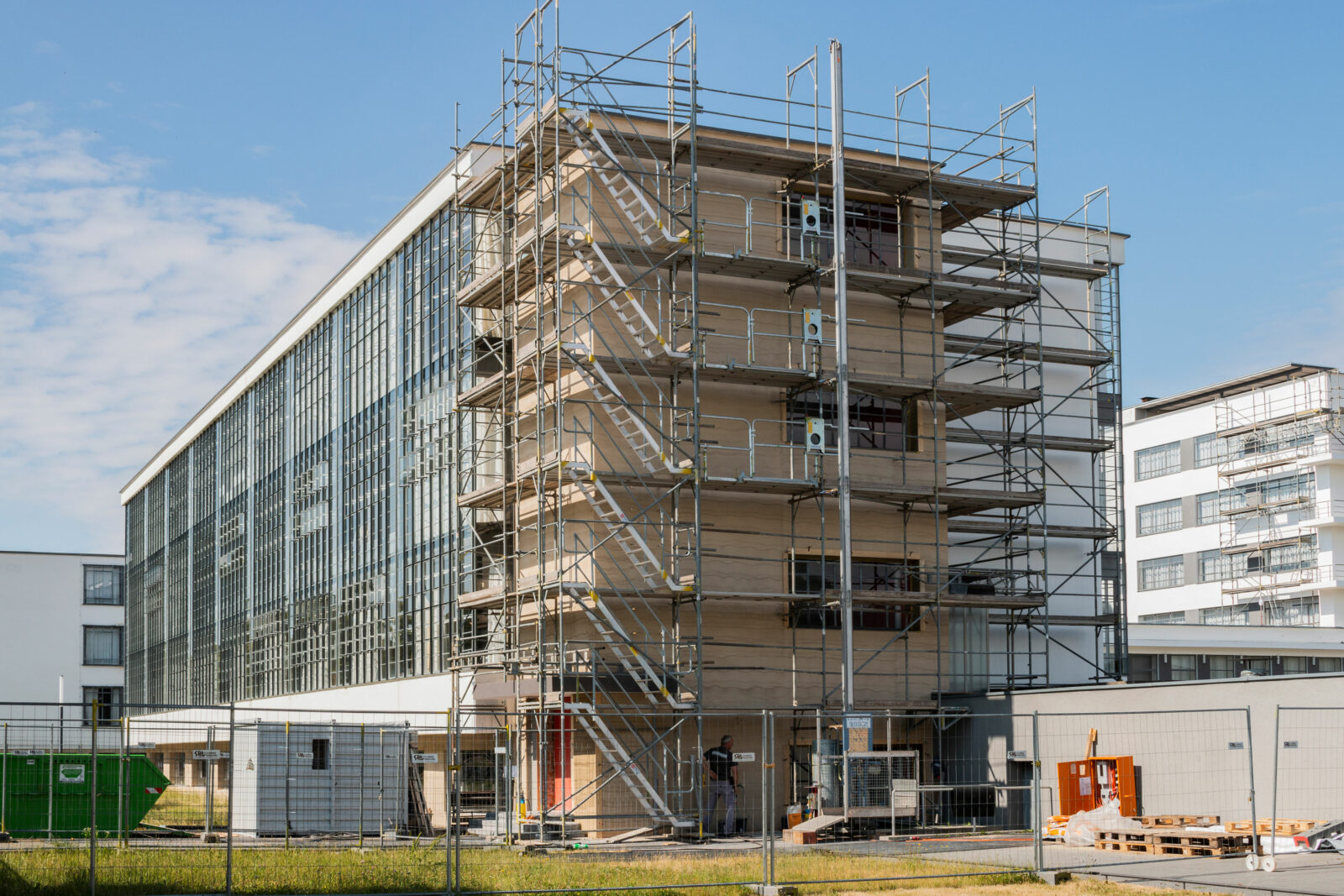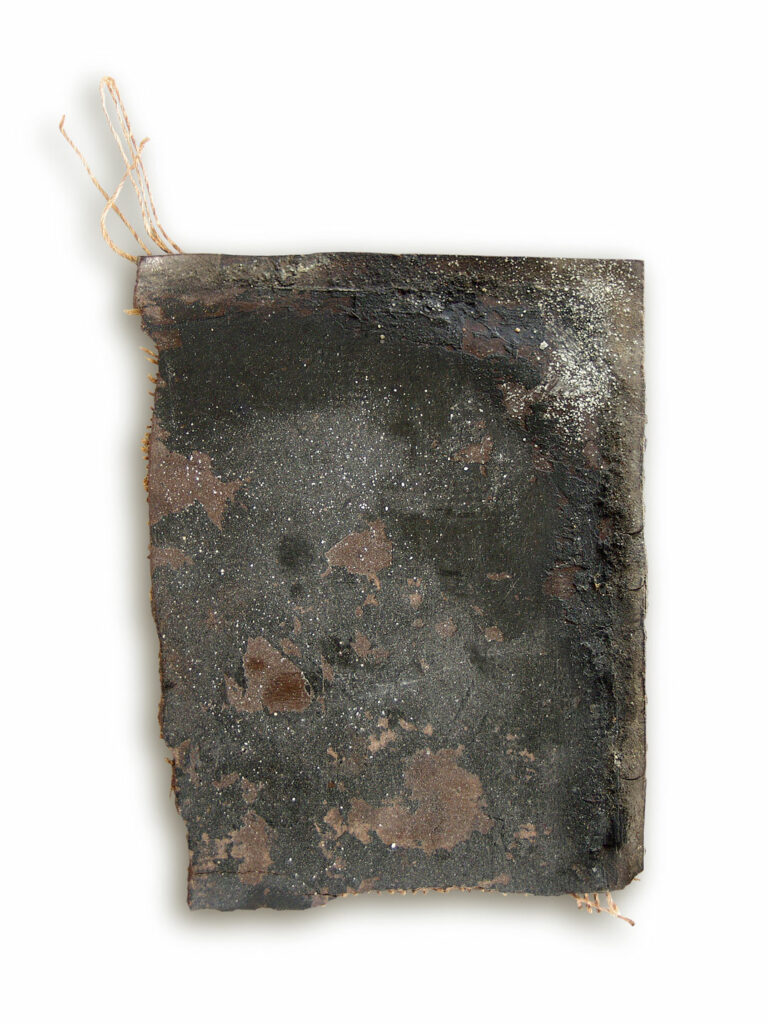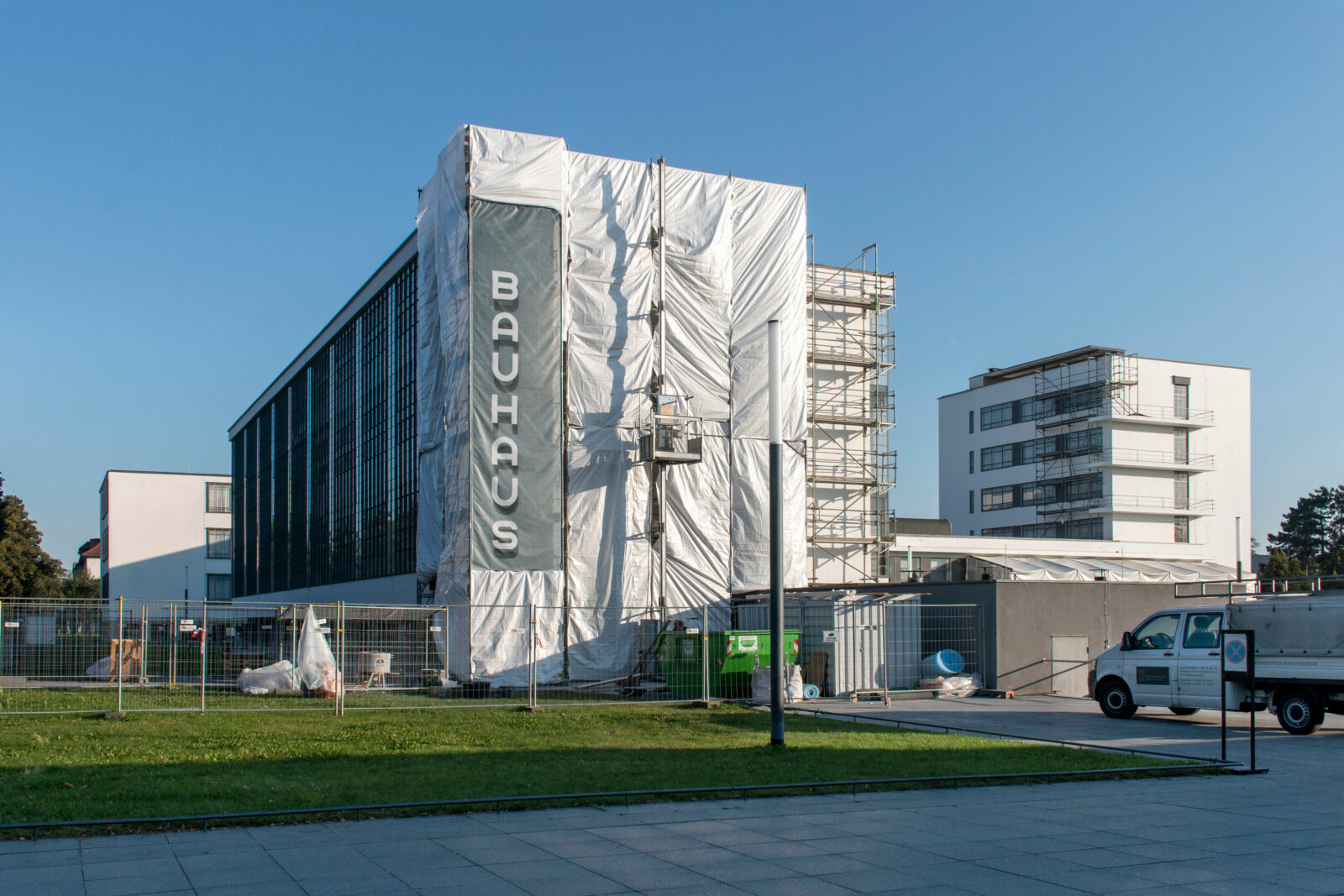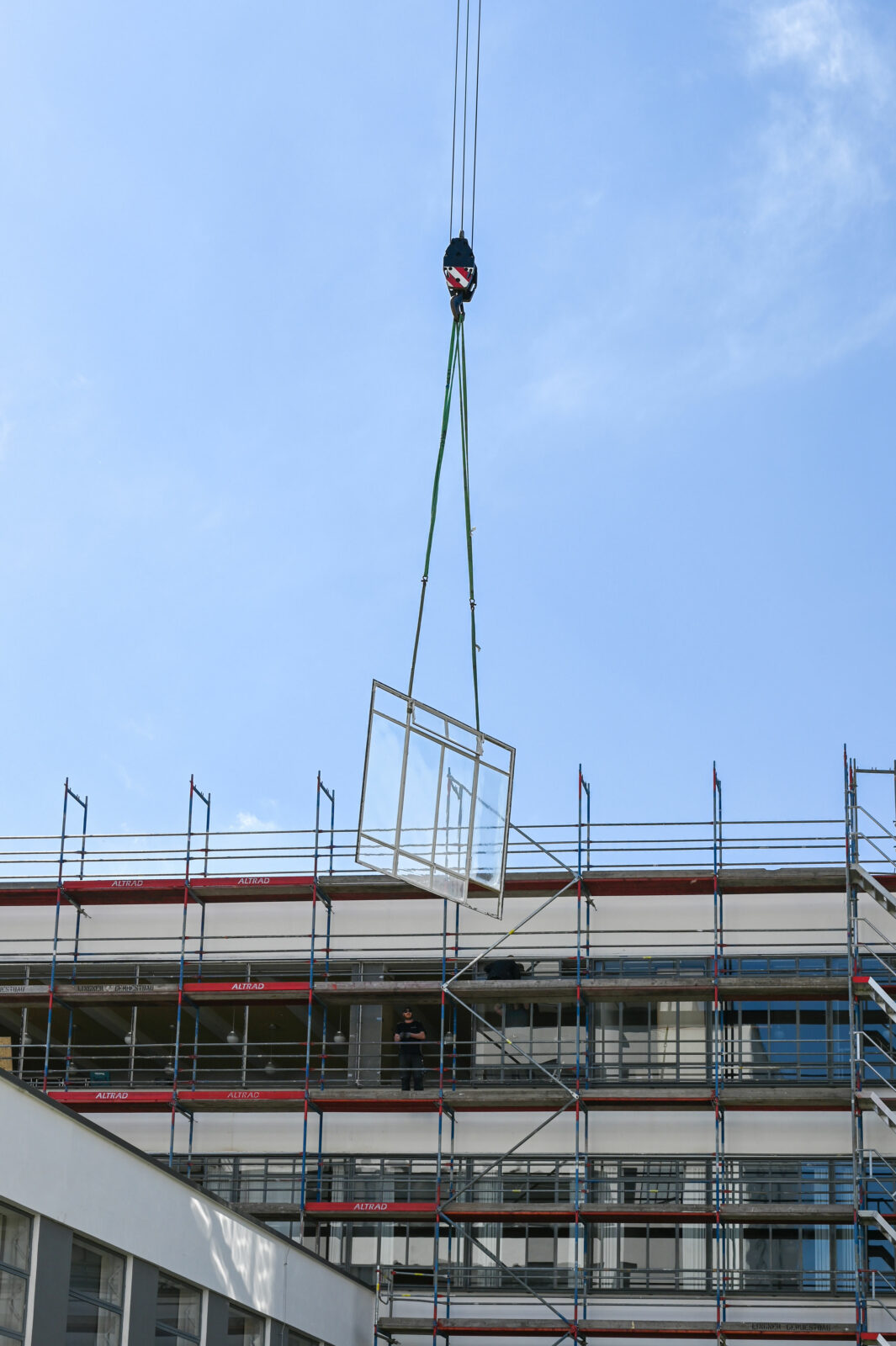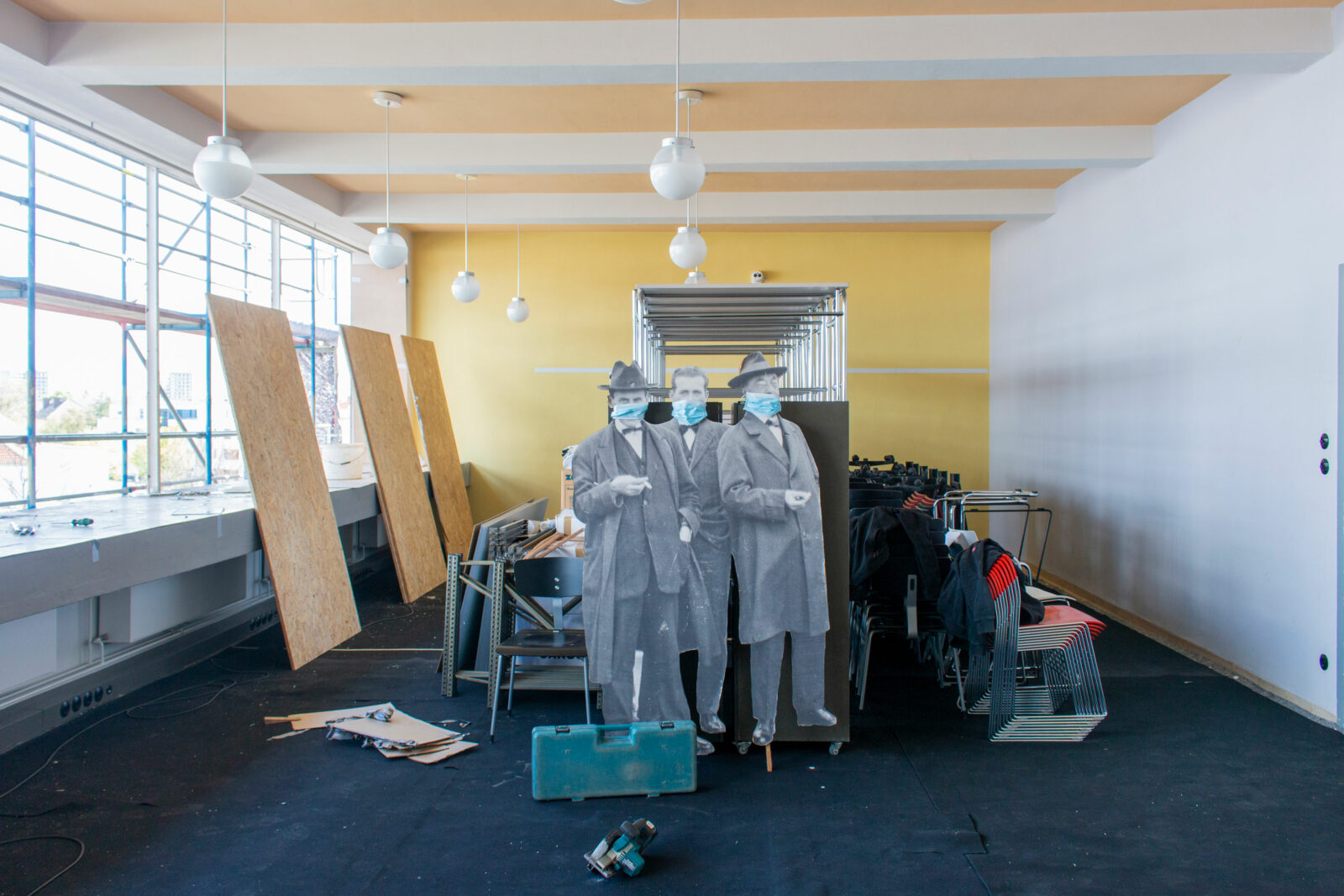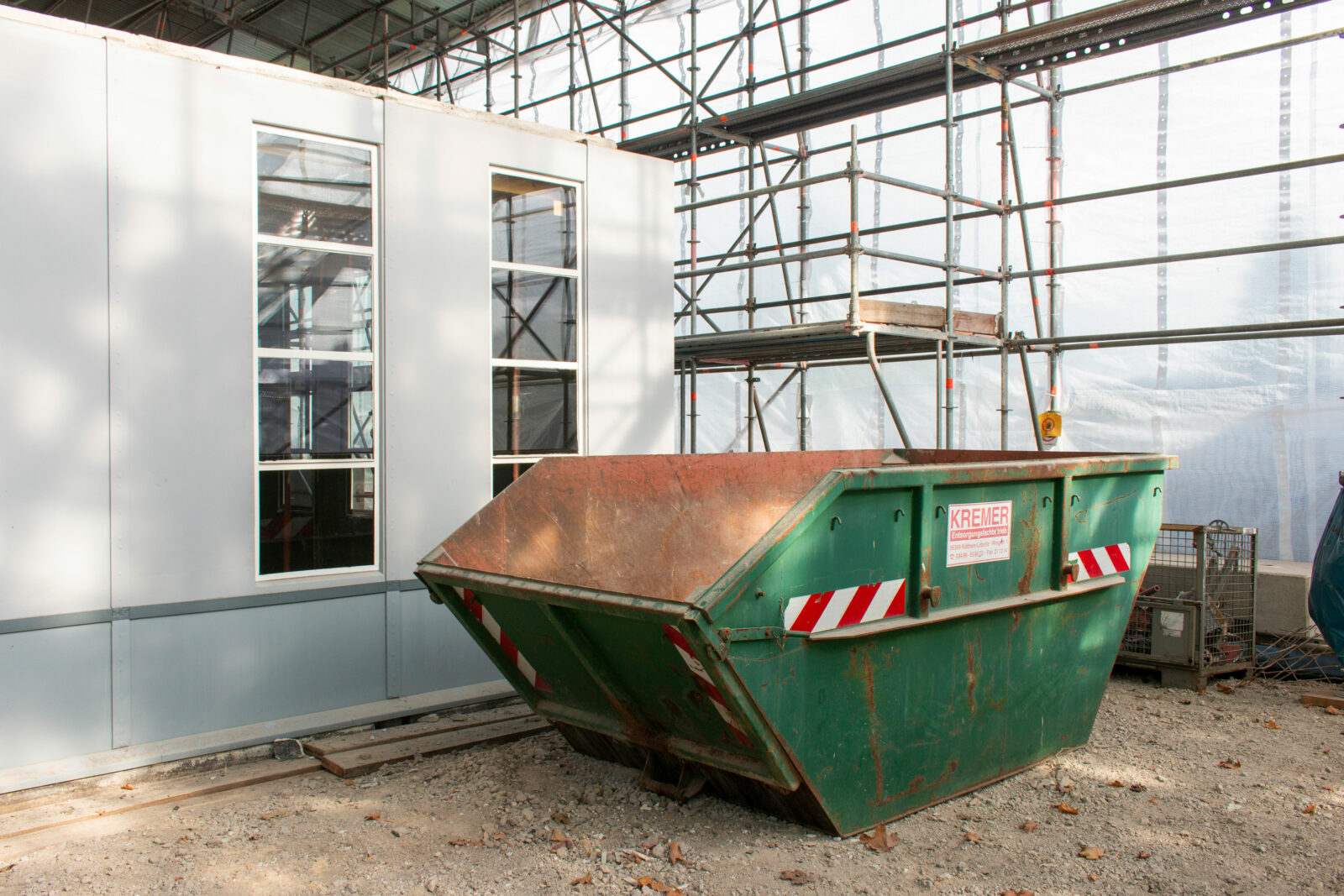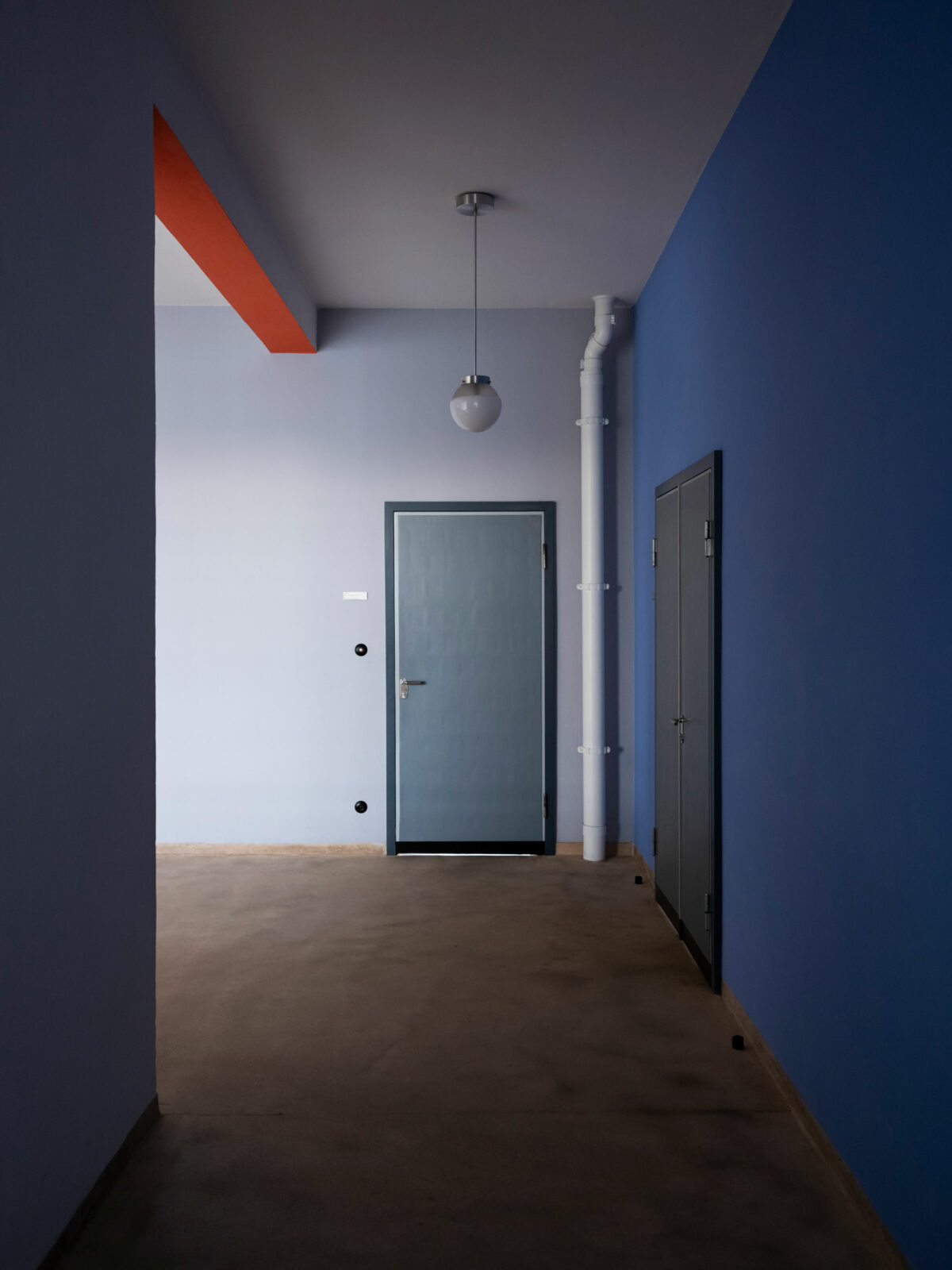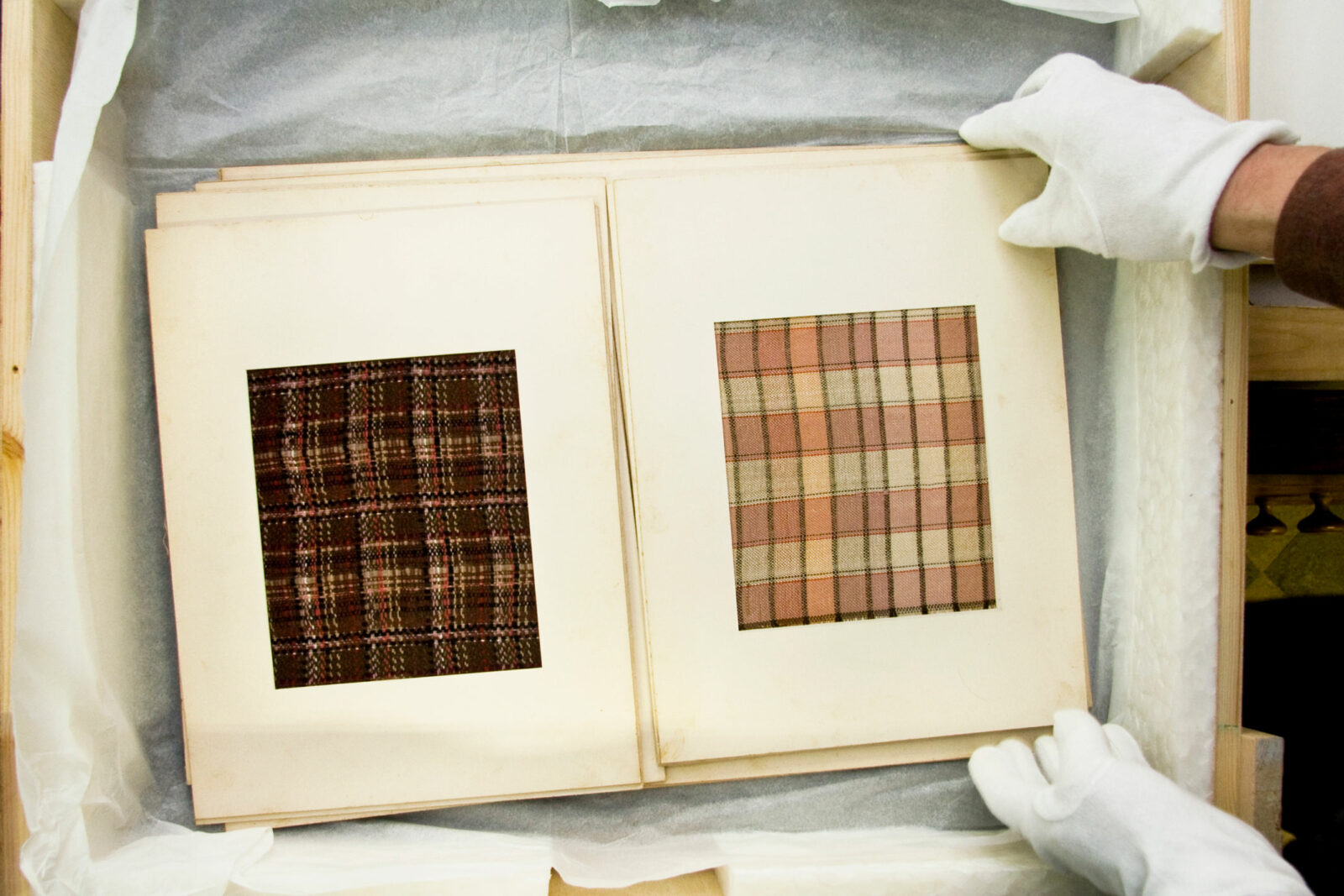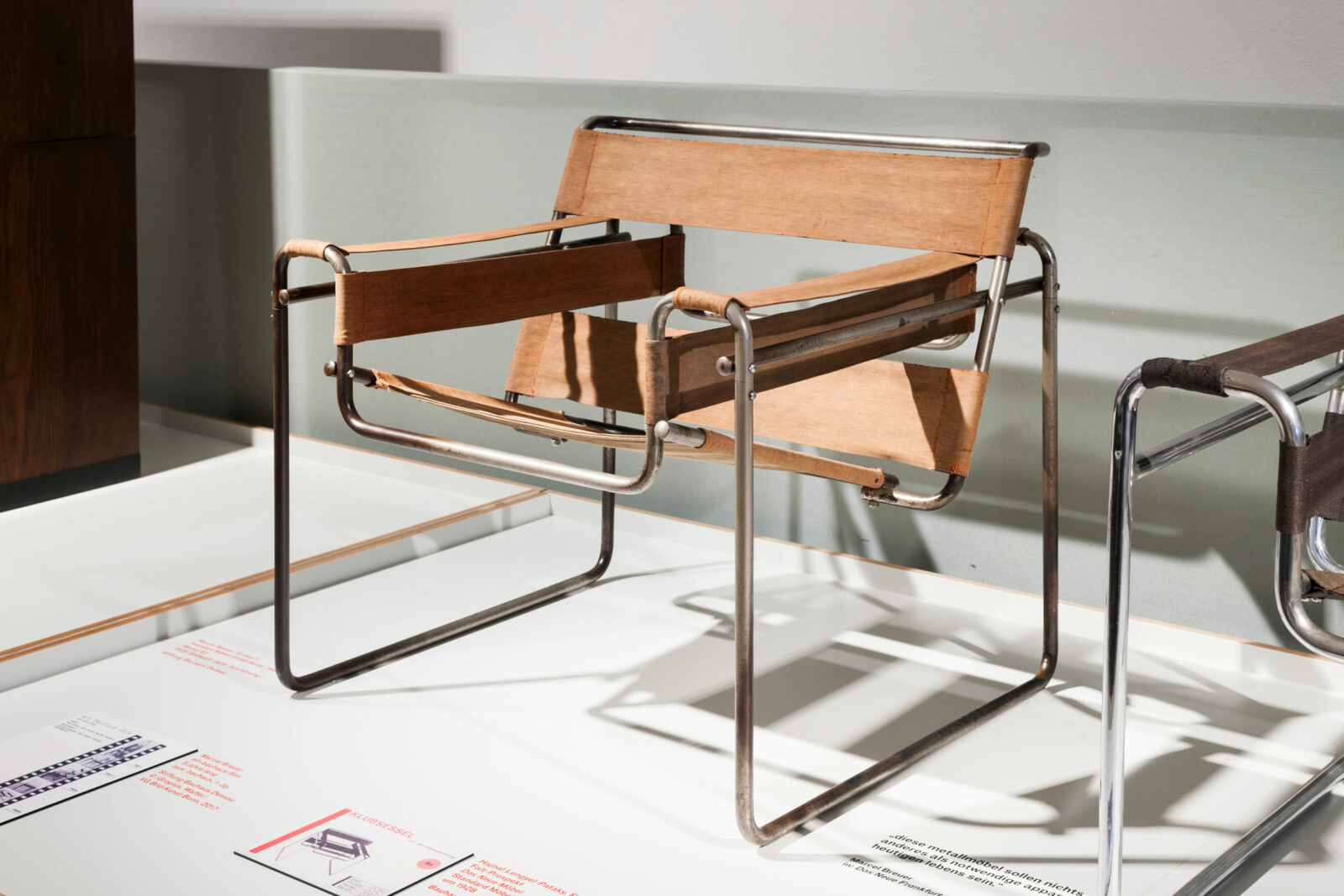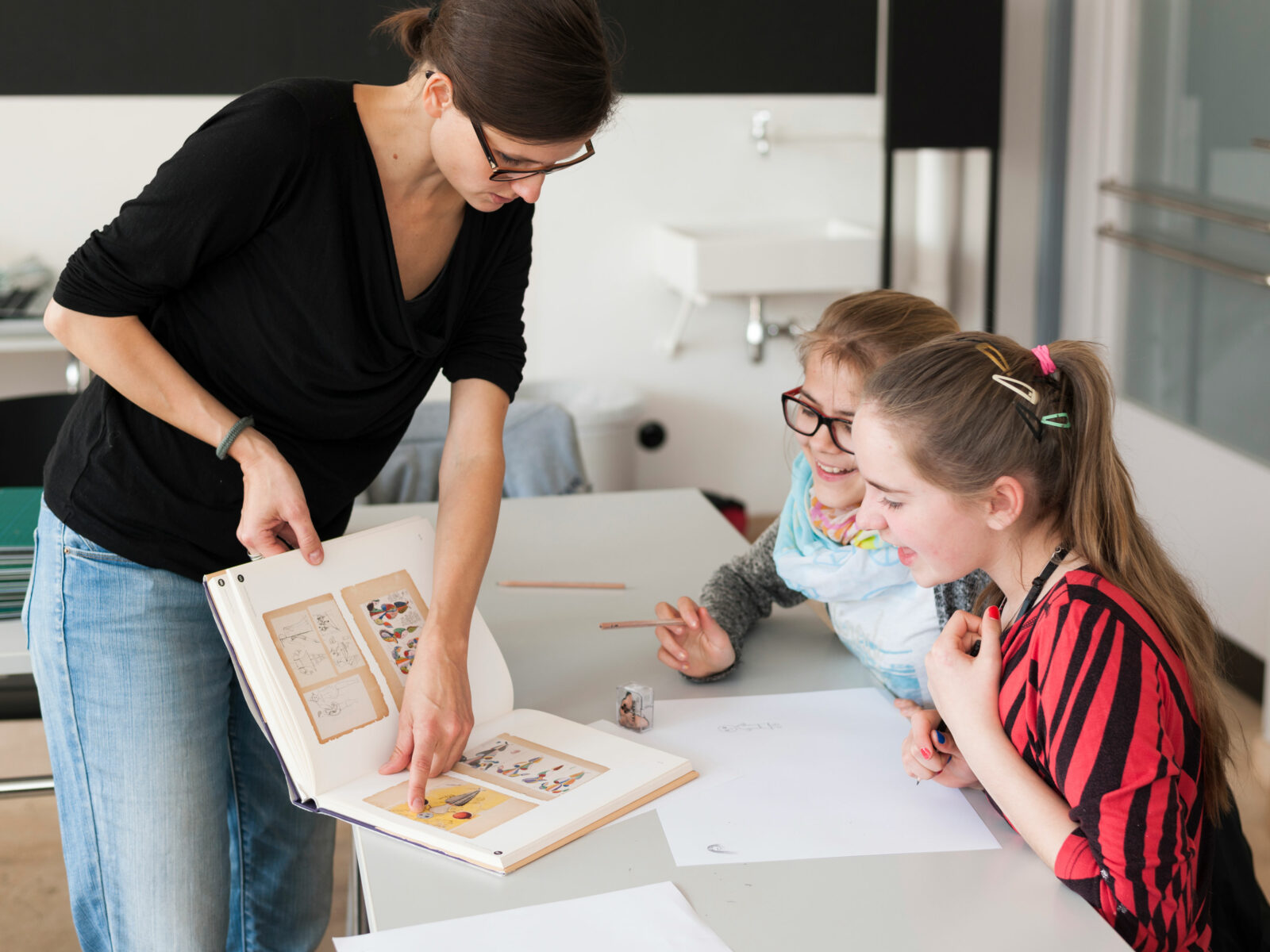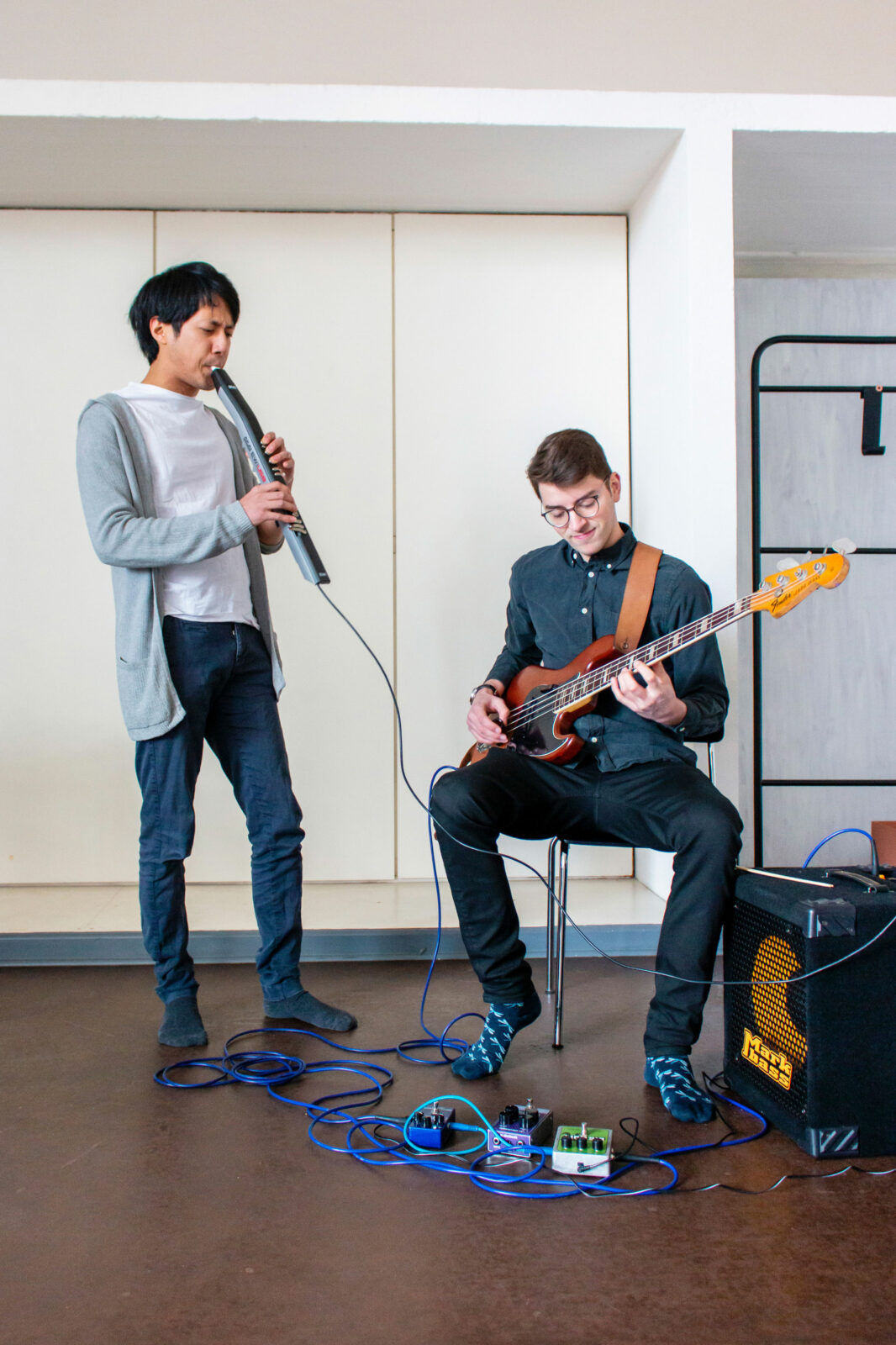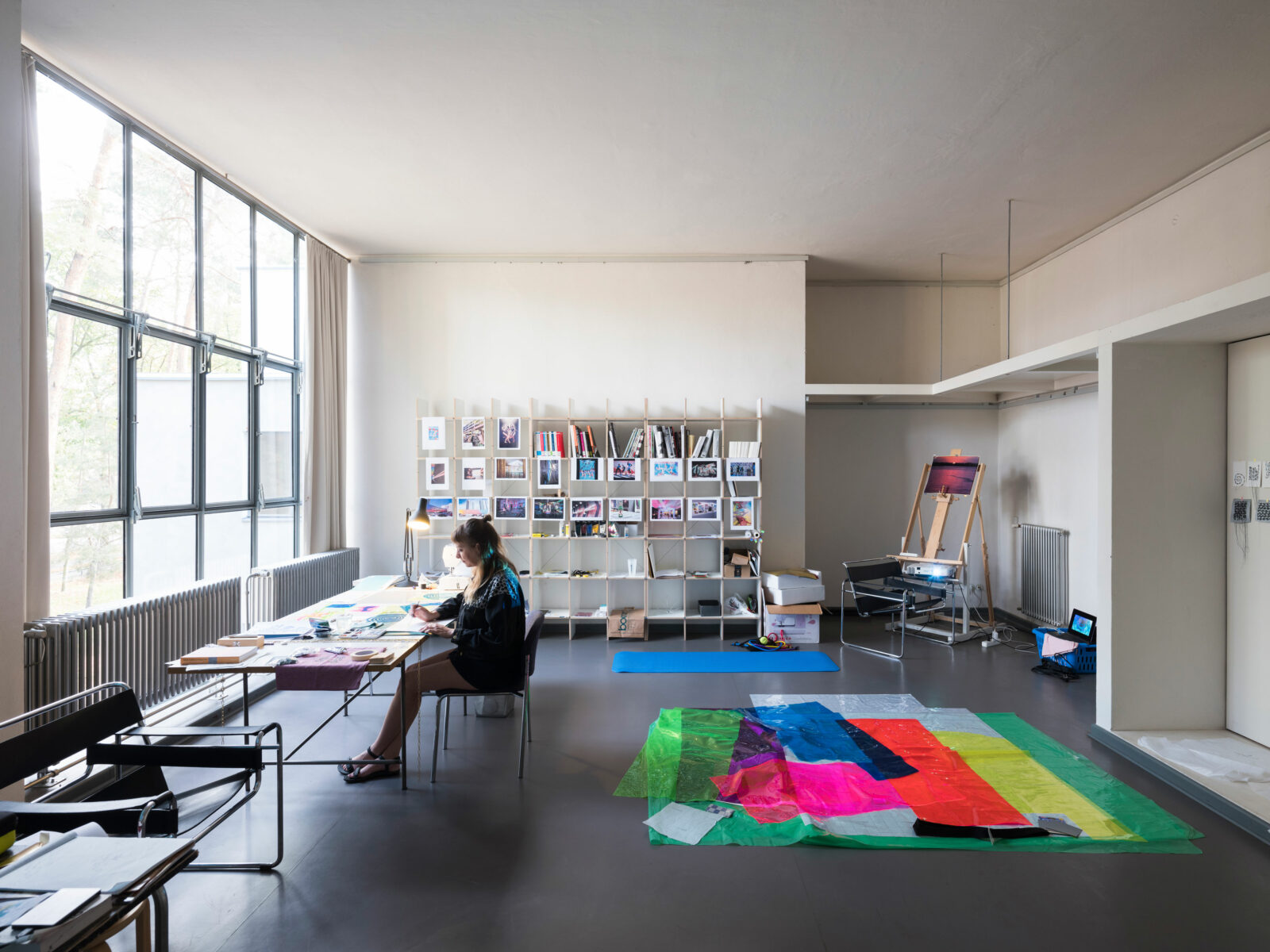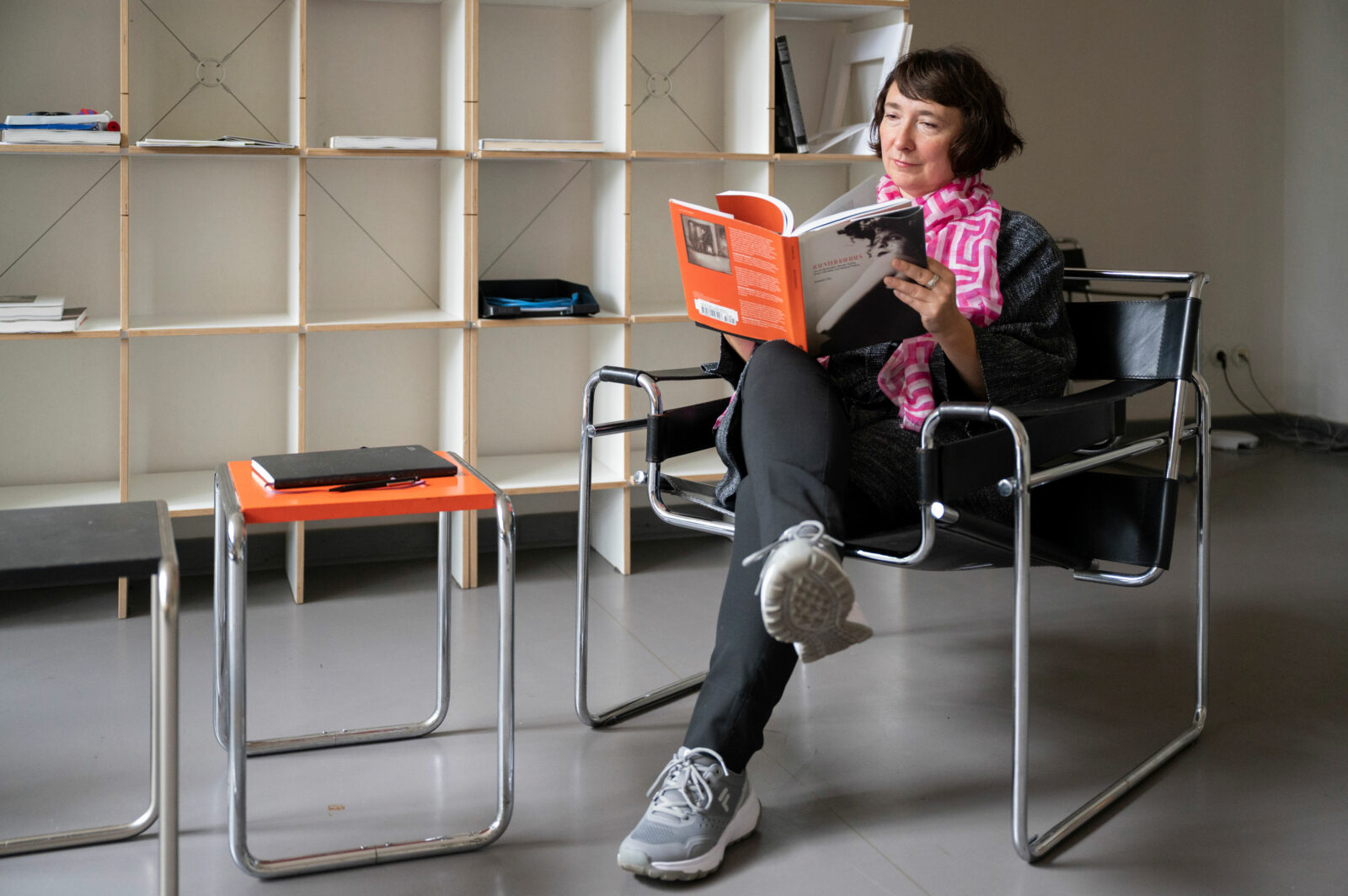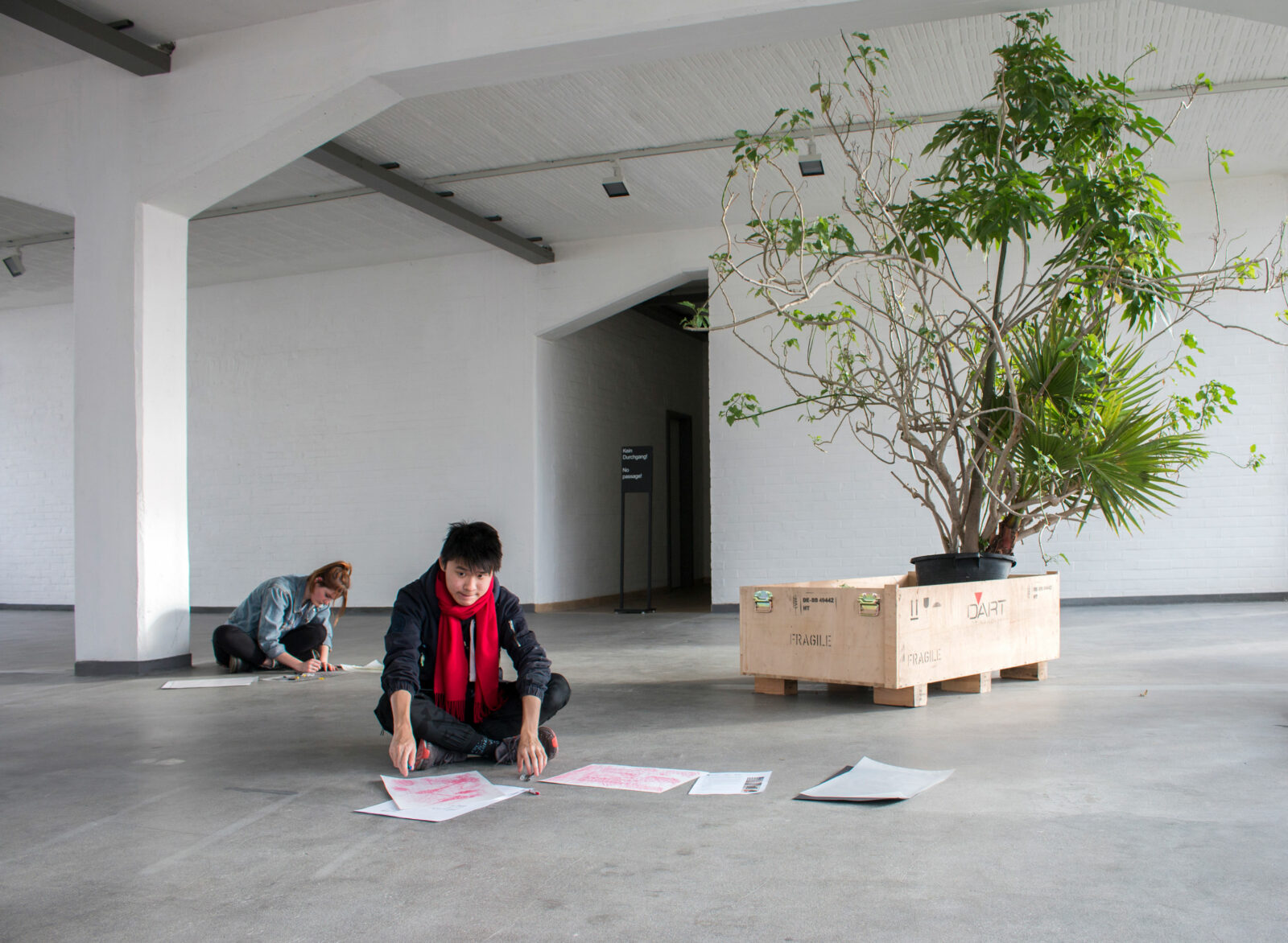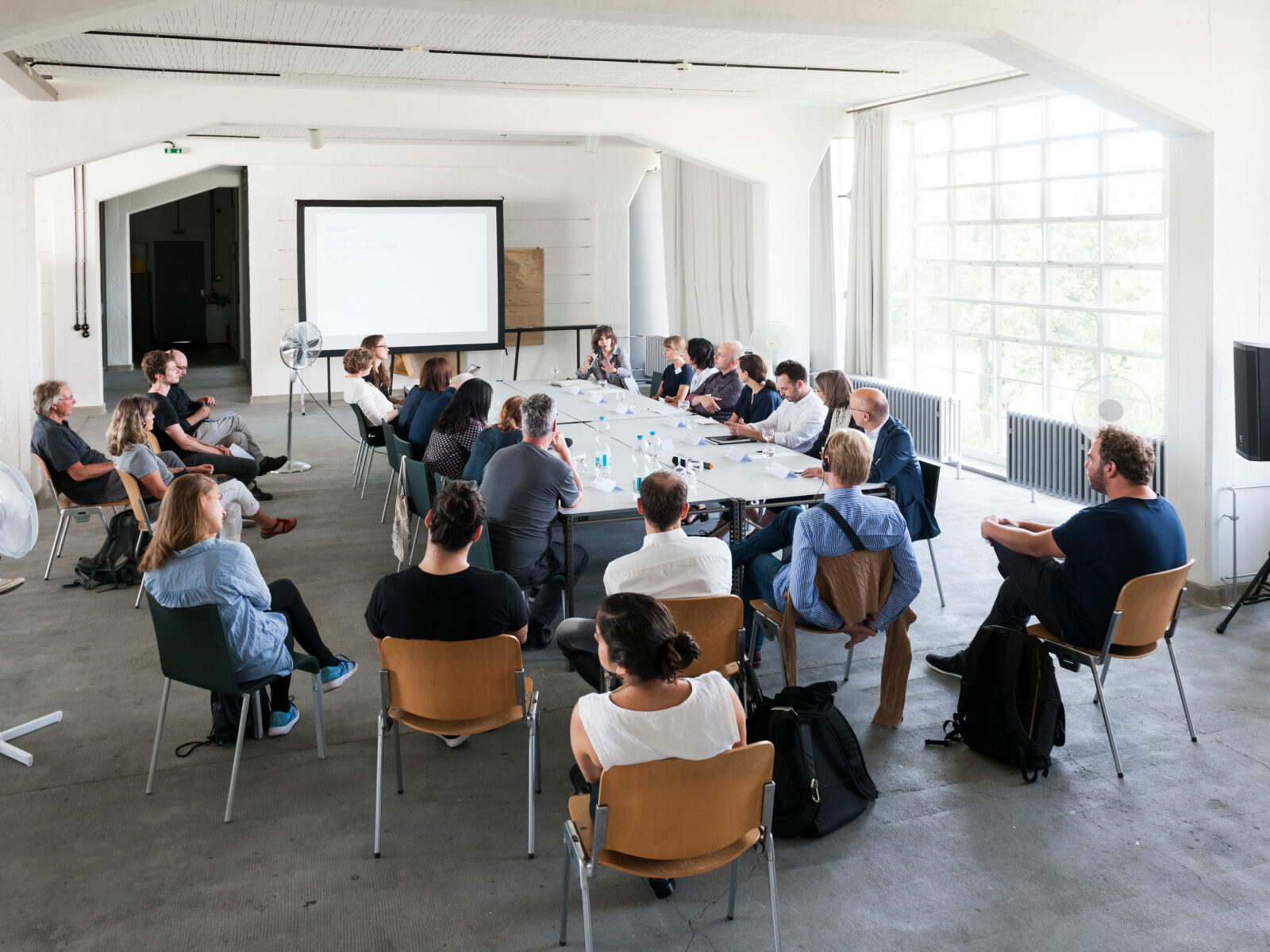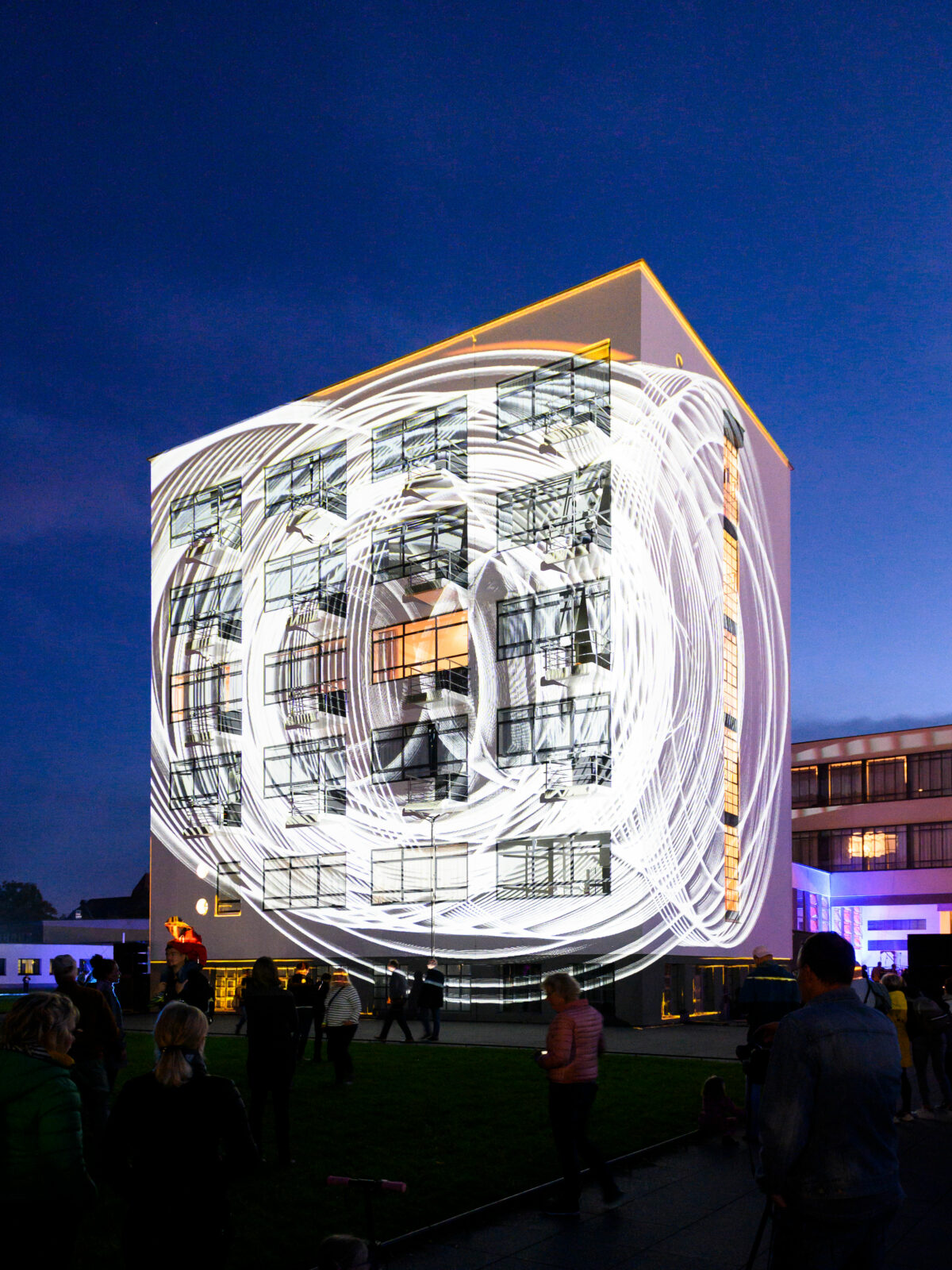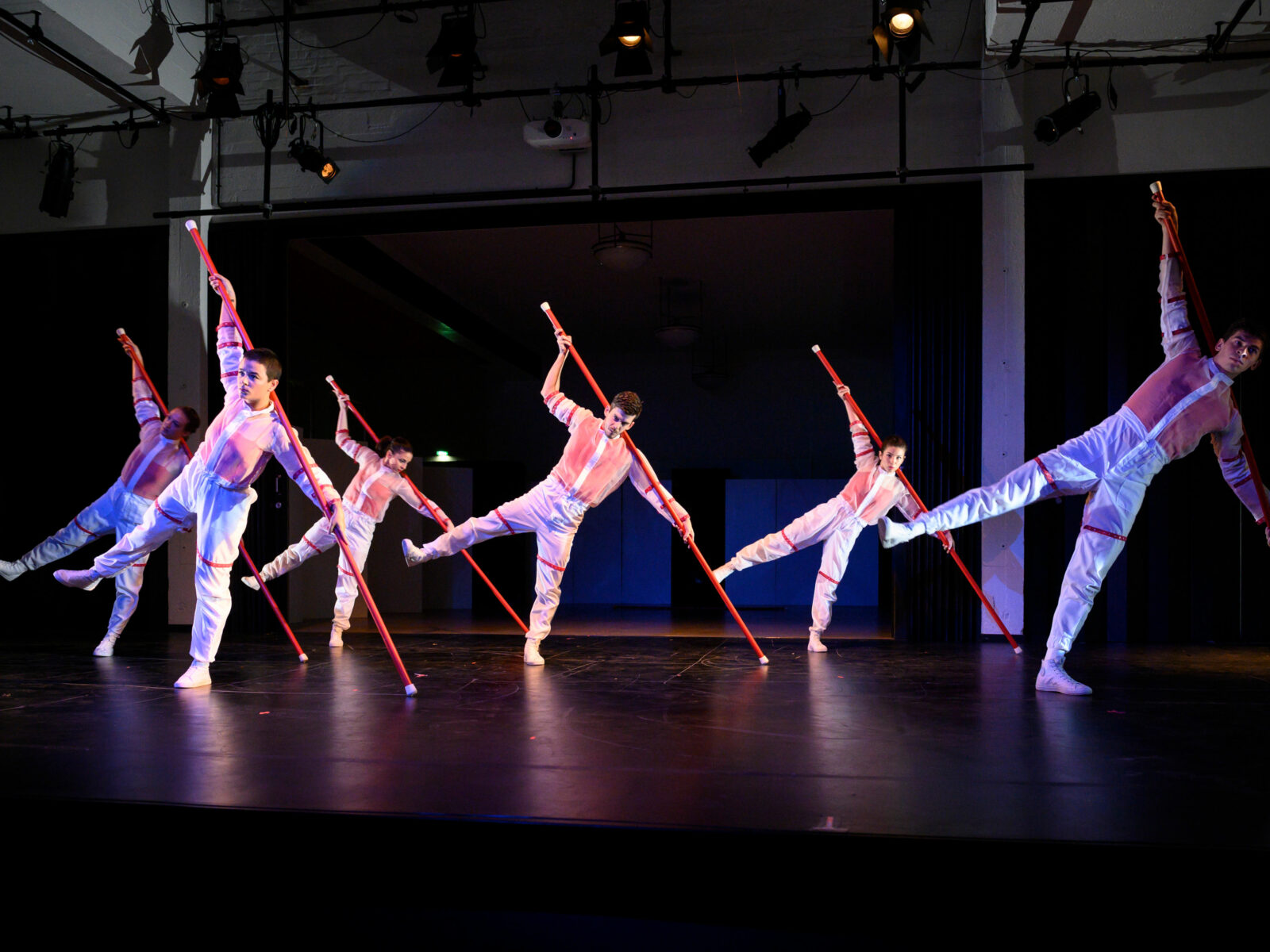The Bauhaus Building and the Masters’ Houses were designated UNESCO World Heritage Sites in 1996. The Houses with Balcony Access in Dessau-Törten followed in 2017. Conservation is therefore central for the Bauhaus Dessau Foundation, as is the research archive’s scientific work on materials and building processes in the modernist period, which creates a basis essential for preserving monuments. Our goal is to reconcile monument protection with the challenges of climate change, reducing our own ecological footprint. We continuously develop concepts and prototypical applications to reconcile monument preservation and climate protection. Our aim is to move away from a “repair strategy” towards a more sustainable approach, based on restoration and prevention. Further, the Bauhaus Dessau Foundation ensures that the Bauhaus buildings are open to the public, so that they can be experienced first-hand.
